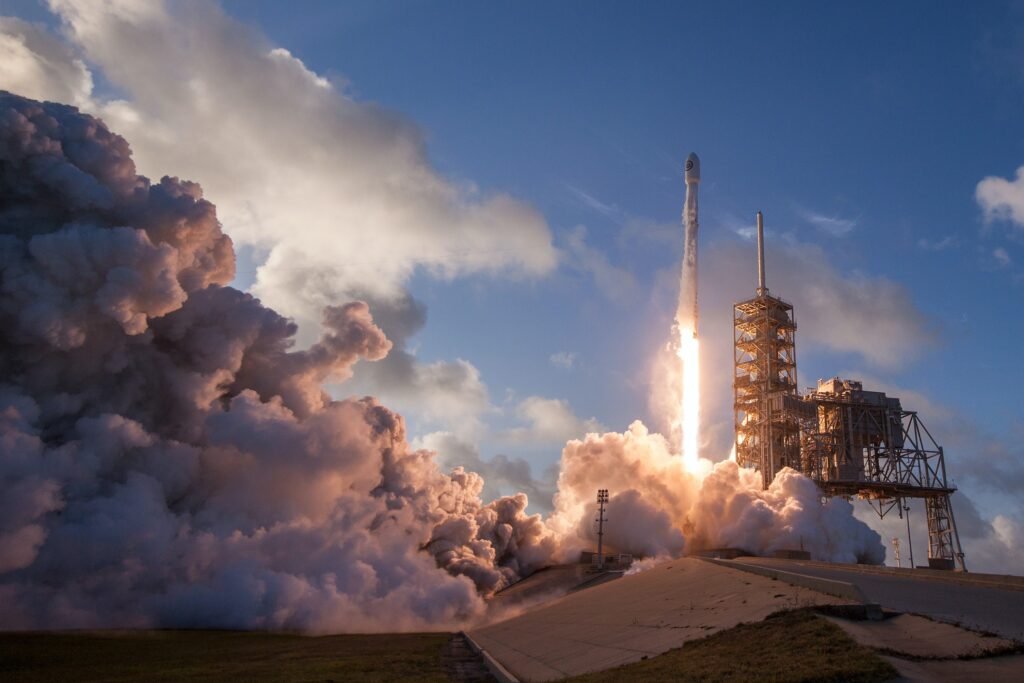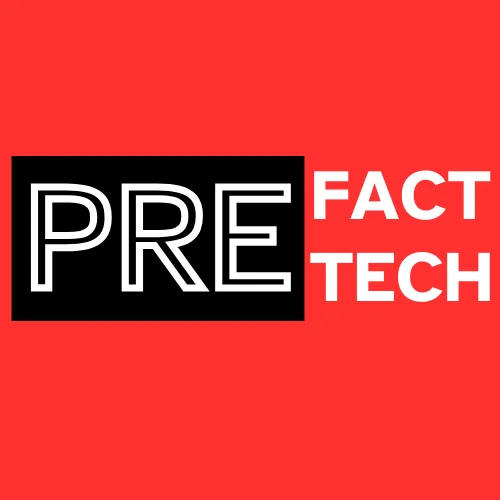Project Kuiper vs Starlink: Two titans of satellite internet innovation are on a collision course to redefine connectivity worldwide. With the launch of its first two Project Kuiper satellite prototypes on October 6, Amazon hit a critical turning point in its mission to transform internet connectivity around the world. The prototypes were launched by United Launch Alliance’s Atlas V rocket from Florida’s Cape Canaveral Space Force Station, signaling the start of Amazon’s ambitious project.

Project Kuiper’s Promising Start
The “Protoflight” mission seeks to place the KuiperSat-1 and KuiperSat-2 demonstration satellites at a height of 311 miles (500 kilometers) above the planet. Project Kuiper, the idea of Amazon founder Jeff Bezos, aims to connect the entire world to the internet by launching more than 3,200 spacecraft in the upcoming years.
Project Kuiper’s Vision
In order to provide tens of millions of people in disadvantaged places with quick and affordable internet connection, Amazon launched Project Kuiper, a low Earth orbit satellite broadband effort. This wide network will serve private residences, educational institutions, healthcare facilities, commercial enterprises, governmental organisations, and groups operating in distant locations without dependable internet connectivity.
The project’s methodology demonstrates its dedication to environmental care. Amazon’s Project Kuiper, which has an impact on every aspect of its satellite network, places a high priority on space safety and sustainability. Every satellite in the constellation has active propulsion systems built in, giving Amazon’s crew the power to regulate every stage of a satellite’s journey. This makes it possible to perform precise manoeuvres to keep a safe distance from other spacecraft and to steer clear of nearby junk.
Low Altitudes and Deorbiting Strategy
The satellites of Project Kuiper are built to function between 590 and 630 kilometers (about 367 to 391 miles) above the planet’s surface. This placement enables reliable and quick deorbiting of satellites at the conclusion of their missions. To reduce the chance of satellite overlap, each satellite operates within a 9-kilometer radius of its allocated height. Additionally, within a year after a mission’s conclusion, Amazon has constructed onboard propulsion systems to actively deorbit satellites. Furthermore, even in the event of a propulsion system failure, non-operational spacecraft will naturally decay in a timely way due to their low heights.
Coexistence and Orbital Debris Management
The purpose of Project Kuiper is to coexist peacefully with current satellite systems. To improve orbital debris protection, lower the danger of interference, and foster collaboration with other satellite operators, the corporation regularly assesses and improves its understanding of the orbital environment.
Click here to know more about the first satellites of Project Kuiper.
Project Kuiper vs. Starlink: A Comparison
While Amazon’s ambitious Project Kuiper is a first attempt at providing global satellite internet, SpaceX’s Starlink has a head start because to its quickly expanding fleet of satellites. In its beta phase, Starlink has already placed a sizable number of satellites, providing internet connectivity in a few locations. Although both initiatives seek to close the digital divide, they do so using different tactics and advantages.
Project Kuiper gains from Amazon’s extensive resources and cloud computing know-how, making it a strong competitor. On the other side, Elon Musk of Starlink sees using Starlink’s money to fund future Mars missions, highlighting SpaceX’s distinct incentive.
Conclusion
In conclusion, Project Kuiper and Starlink are two IT behemoths’ efforts to expand high-speed internet access throughout the planet. Starlink promises a head start in satellite deployment and cutting-edge technical accomplishments, in contrast to Project Kuiper’s emphasis on sustainability, safety, and global reach. The rivalry between two industry titans will spur innovation and, ideally, result in accessible, affordable internet connectivity for people who need it. The world is eager to see how both projects will change the course of the internet as they develop further.
Click here to know how AI is helping in predicting earthquakes.
